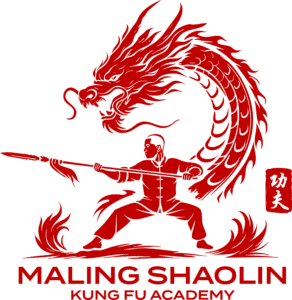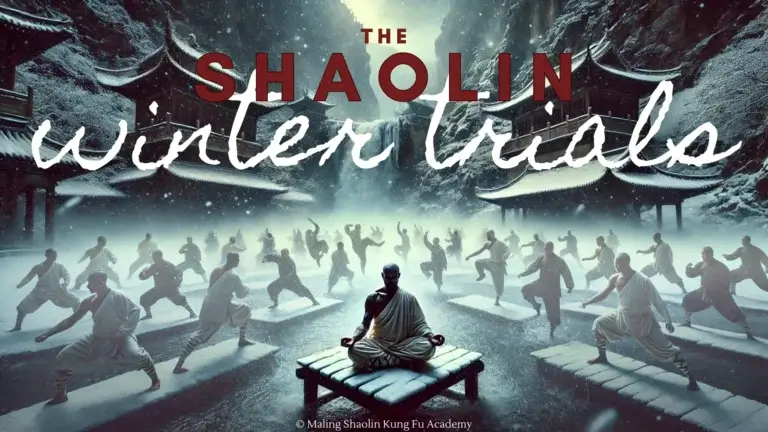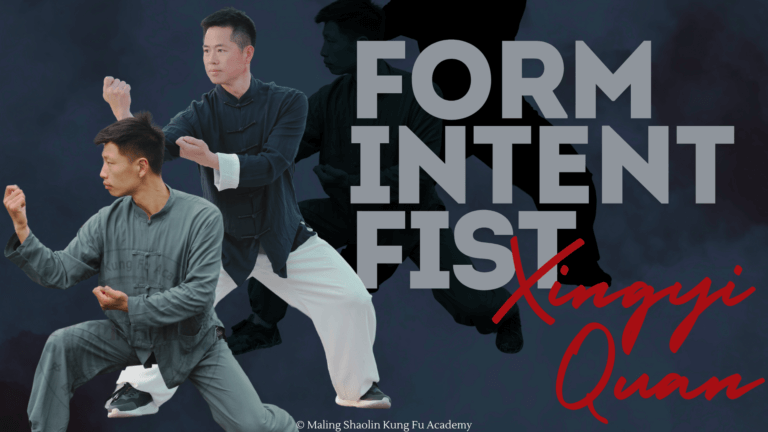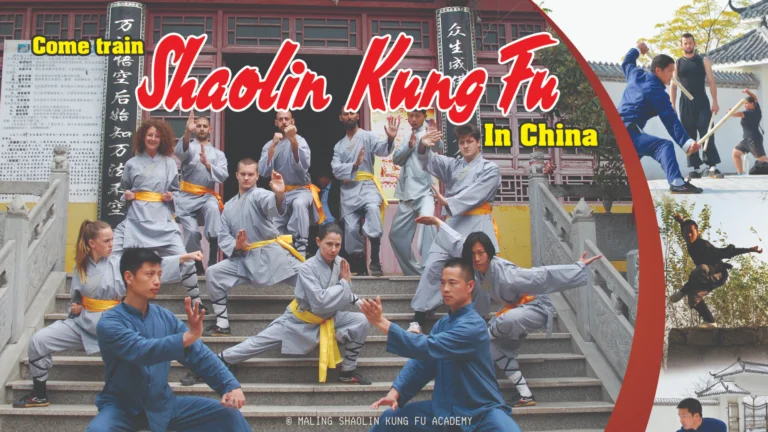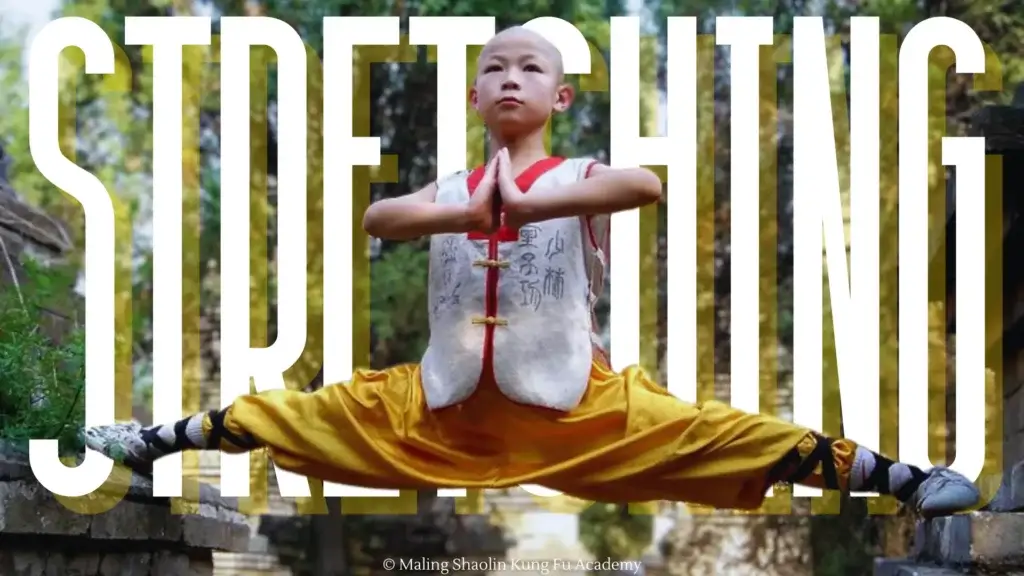
Stretching is a critical component of Kung Fu training, essential for both physical performance and injury prevention. This practice not only enhances flexibility and range of motion but also plays a pivotal role in the overall health and well-being of martial artists. In Kung Fu, stretching is integral to executing techniques, maintaining agility, and achieving the fluidity of movement necessary for various forms and stances. This article explores the significance of stretching in Kung Fu, provides examples of movements requiring different levels of flexibility, and highlights the broader health benefits of incorporating stretching into daily routines.
The Role of Stretching in Kung Fu
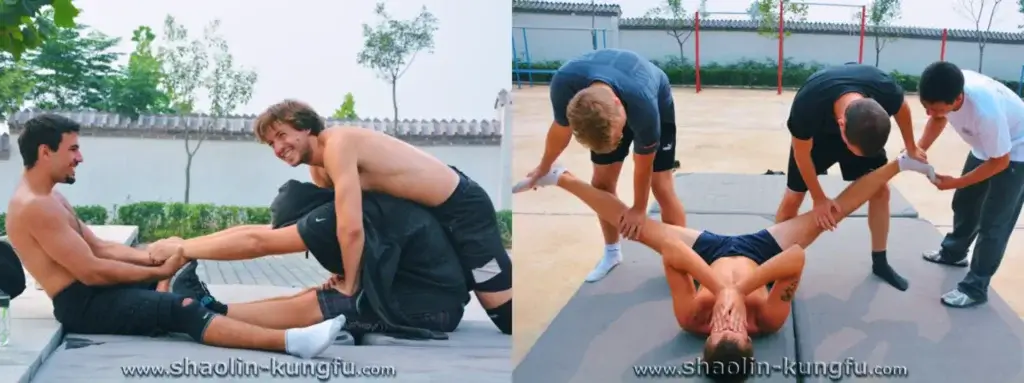
Enhancing Flexibility: Flexibility is fundamental in Kung Fu for performing high kicks, deep stances, and dynamic movements. Regular stretching helps to lengthen muscles and increase joint range of motion, enabling practitioners to execute techniques with greater ease and precision.
Preventing Injuries: Stretching prepares the muscles and joints for the demands of Kung Fu training. It reduces the risk of strains, sprains, and other injuries by improving muscle elasticity and joint mobility. Proper stretching routines ensure that the body is adequately warmed up and ready for intensive physical activity.
Improving Performance: Flexibility contributes to better posture, balance, and coordination, all of which are crucial for effective Kung Fu practice. Stretching enhances the body’s ability to move efficiently and powerfully, allowing for smoother transitions between techniques and stances.
Promoting Recovery: Post-training stretching aids in muscle recovery by reducing muscle soreness and stiffness. It helps to flush out metabolic waste products accumulated during exercise and promotes blood circulation, facilitating quicker recovery and reducing fatigue.
Movements and Stances Flexibility Levels
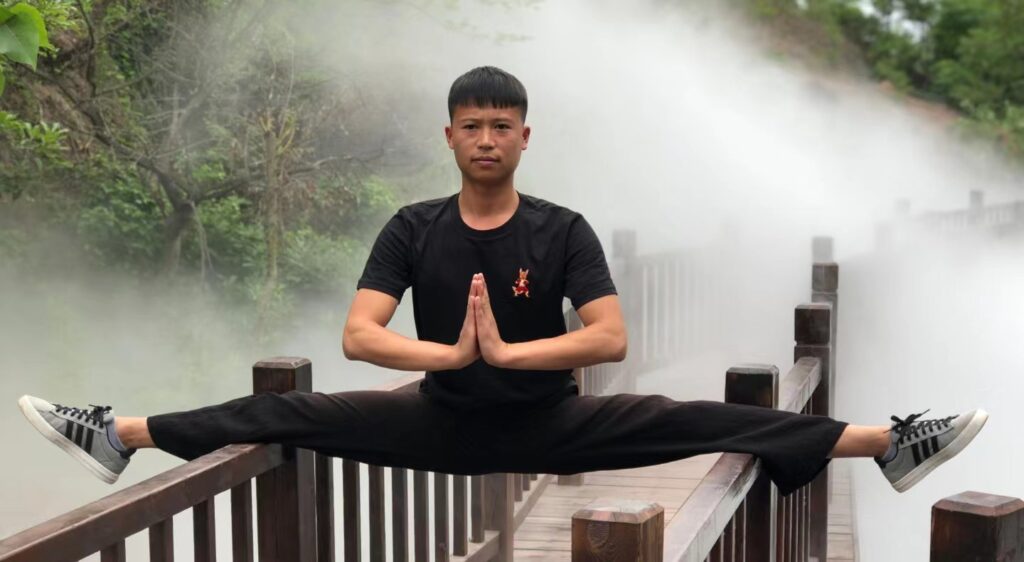
Moderate Range of Motion
Horse Stance (Ma Bu): This foundational stance requires moderate flexibility in the hips and legs. It emphasizes strength and stability while maintaining a wide, grounded position.
Bow Stance (Gong Bu): Involves a forward lunge with one leg bent and the other extended, demanding flexibility in the hips and thighs for proper alignment and balance.
High Range of Motion
High Kicks: Techniques such as the Tornado Kick or Butterfly Kick require a significant degree of flexibility in the legs and hips to achieve the height and control necessary for effective execution.
Split Kicks: Movements like the front split kick and side split kick demand exceptional flexibility in the hip adductors and hamstrings, allowing the practitioner to perform full splits in mid-air.
Dynamic Movements
Spinning Techniques: Spinning kicks and other rotational movements require dynamic flexibility to maintain balance and generate power while rotating the body.
Acrobatic Maneuvers: Techniques such as flips and aerials necessitate a high level of flexibility and coordination to perform safely and effectively.
Stretching Habits of Shaolin Warrior Monks (Wǔsēng)
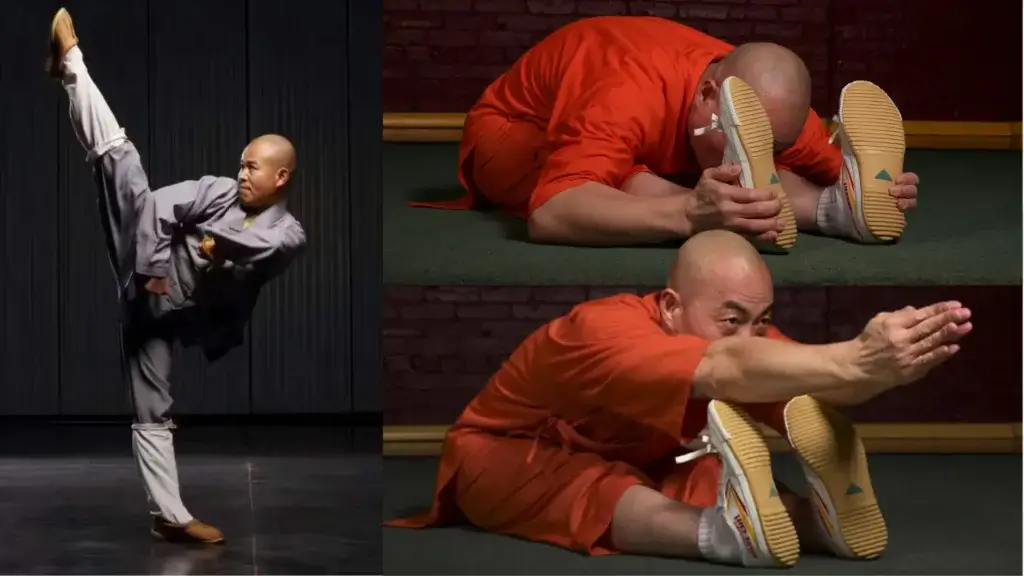
Shaolin monks begin their day early, often before sunrise, with a series of exercises that include stretching. This practice not only prepares their bodies for the intense physical activities that follow but also enhances their overall flexibility and mobility. Below are examples of some of the basic stretches they do:
Warm-Up Stretches
Dynamic Stretches: These include leg swings, arm circles, and torso twists. Dynamic stretching increases blood flow to the muscles and prepares the body for the upcoming physical exertion.
Joint Rotations: Starting from the neck down to the ankles, monks perform rotations to lubricate the joints and enhance their range of motion.
Static Stretches
Forward Bends: These stretches target the hamstrings, lower back, and calves. Monks bend forward at the hips, reaching for their toes or placing their hands on the ground.
Side Bends: By bending sideways at the waist, monks stretch the obliques and intercostal muscles. This helps improve lateral flexibility.
Butterfly Stretch: Sitting with the soles of the feet together and knees out to the sides, monks gently push their knees towards the ground, stretching the inner thighs and groin.
Deep Stretches
Splits: Monks practice both front and side splits to enhance flexibility in the hips and legs. This is crucial for high kicks and wide stances in martial arts.
Bridge Pose: This backbend stretch strengthens and stretches the spine, shoulders, and chest, improving overall flexibility and core strength.
Stretching in Shaolin practice is not just physical; it also has a meditative aspect. Monks often combine stretching with deep breathing exercises, promoting relaxation and mental focus. This mind-body connection is crucial for maintaining the balance and harmony needed in their martial arts practice.
Health Benefits of Stretching Beyond Kung Fu
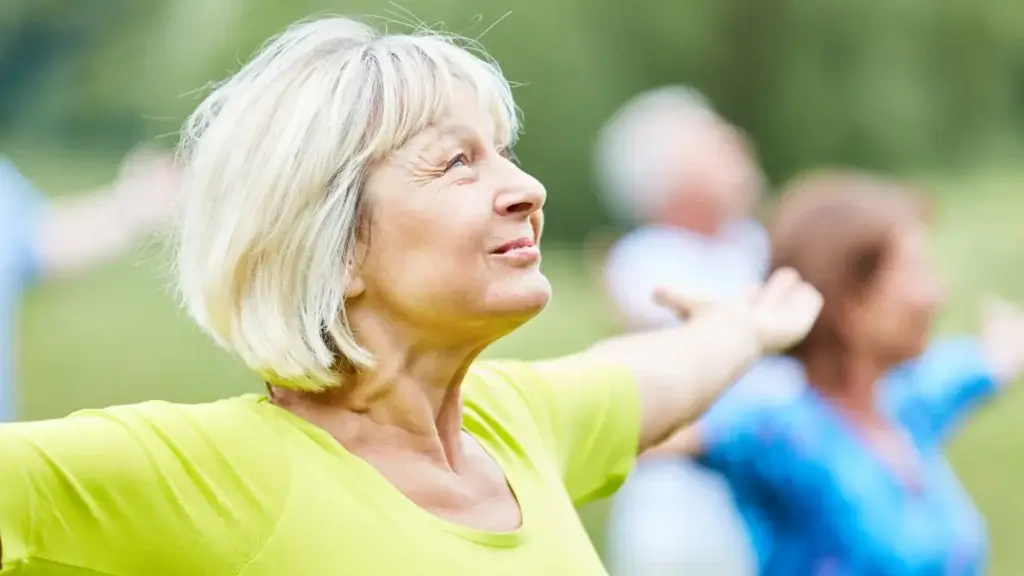
Improved Blood Circulation: Stretching enhances blood flow to the muscles, delivering essential nutrients and oxygen. This improved circulation aids in muscle recovery and overall cardiovascular health.
Increased Range of Motion: Regular stretching helps to maintain and improve joint flexibility, reducing the risk of joint degeneration and stiffness. This is particularly beneficial for older adults in maintaining mobility and independence.
Reduced Stress and Tension: Stretching promotes relaxation and stress relief by releasing muscle tension. It activates the parasympathetic nervous system, which helps to calm the mind and reduce stress levels.
Better Posture: Stretching helps to correct muscle imbalances and improve posture. It addresses tightness and weakness in various muscle groups, contributing to a more aligned and balanced body.
Enhanced Athletic Performance: Flexibility gained through stretching contributes to better overall athletic performance. It allows for more efficient movement patterns, reduces the risk of injury, and enhances muscle coordination and strength.
Conclusion
Stretching is a vital aspect of Kung Fu training, crucial for flexibility, injury prevention, and overall performance. By incorporating regular stretching routines, practitioners can enhance their ability to perform various techniques and stances while promoting their overall health and well-being. Whether aiming for moderate flexibility or striving to achieve the high range of motion required for advanced movements, stretching remains an indispensable part of Kung Fu and physical fitness. The benefits extend beyond martial arts, contributing to improved posture, reduced stress, and enhanced athletic performance in everyday life.
